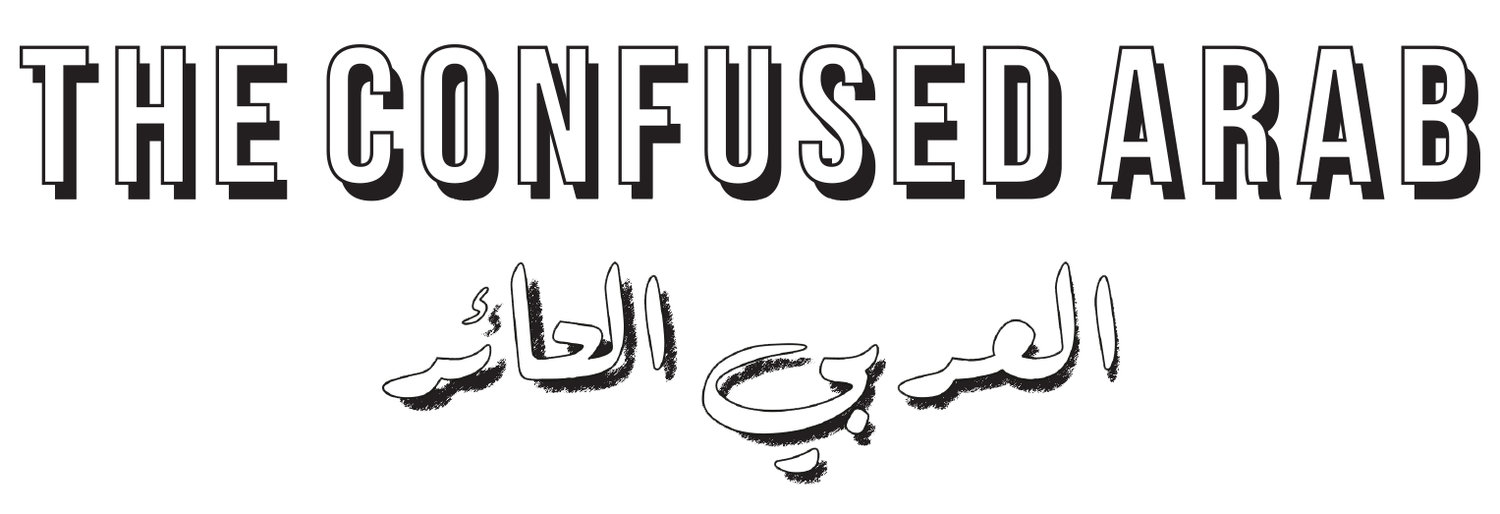Noisy but trendy.
Crowded but selective. Chaotic but hypnotic.
Confused city, a while schizophrenic, Beirut is not your classic Arab city.
Identity Card
• Beyrouth en Francais, بيروت in arabic was founded 5,000 years ago.
• Beirutis: around 400,000 but the total agglomeration has around 2 millions inhabitants.
• Languages: mainly Arabic, English and French, 3 of them mixed in the "Lebnene", lebanese dialect. Several communities are talking Armenian, Portuguese, Tagalog and Tamul.
• National currency: the Lebanese pound (Lira) and the US Dollars are both widely used: 1US$= 1,500 LP.
Starting our ConfusedArab medina guides with Beirut was pretty obvious.
Noisy but trendy. Crowded but selective. Chaotic but hypnotic. Confused city, a while schizophrenic, Beirut is not your classic Arab city.
For most of the followers of the 19 officially recognized confessions in Lebanon, calling Beirut an Arab city is even a blasphemy. You might sometimes hear on the terraces of the cafes of Ashrafiye, or in Zaytuna Bay, people saying «I am not Arab, I am Phoenician».
Phoenicians, a sailor and trader people who once dominated the Mediterranean sea, were based in modern Levant. Despite a strong culture, Phoenicians are said to have invented modern alphabet, their language and civilization completely vanished. Claiming being Phoenician today is a way of showing a strong singularity to the other cities of the region. The city has been and still is today the shelter for several communities (Armenians in the 1910’s, Palestinians and more recently Syrians) seeking asylum far away from a violent home.
Discovering Beirut, you will find yourself in one of the most hedonistic city of the Mediterranean coast: beautiful and well-read people, trendy bars and clubs, amazing restaurants with succulent food, Beirut has it all.
«Switzerland of the Middle East» in the seventies, Lebanon and more specifically Beirut went through a harsh and complicated civil war splitting the city in two: West (Muslim area) and East (Christian area). However, Beirut is not an easy chick and you will need more than a visit to understand its sociology and geography. Whether they pray in a church, in a mosque or they don’t pray at all, Beirutis share this unique pride of belonging to Beirut.
Boiling creative scene, talented artists and designers have chosen to call Beirut home.
Famous Beirutis
• Fairuz
Even though she was not born in Beirut, Fairuz is literally the «Mother of all Lebanese». Born in 1934, she is one of the most acclaimed and respected Arab divas (with Oum Kalthoum and Warda al Jazayria). Her natural charisma and her very specific jazzy style make her a living iconic figure. Every morning, in every restaurant, home or in every taxi you will hear Fairuz melodies.
• Nizar Qabbani
Syrian born, Nizar Qabbani (1923-1998) chose Beirut as a life partner, calling the city «The Mistress of the world». Considered with Mahmoud Darwish as one of the most talented modern Arab poet, his work mixes love, women and Arab nationalism.
• Sabah
«El Shahroura» was the symbol of the Beiruti dolce vita. Recently mourned, Sabah (1927-2014) was a Lebanese singer and actress who played of all the codes. Married 9 times, and had maybe the same number of plastic surgeries, she fully embodies the Beirut «live and let live» motto.








